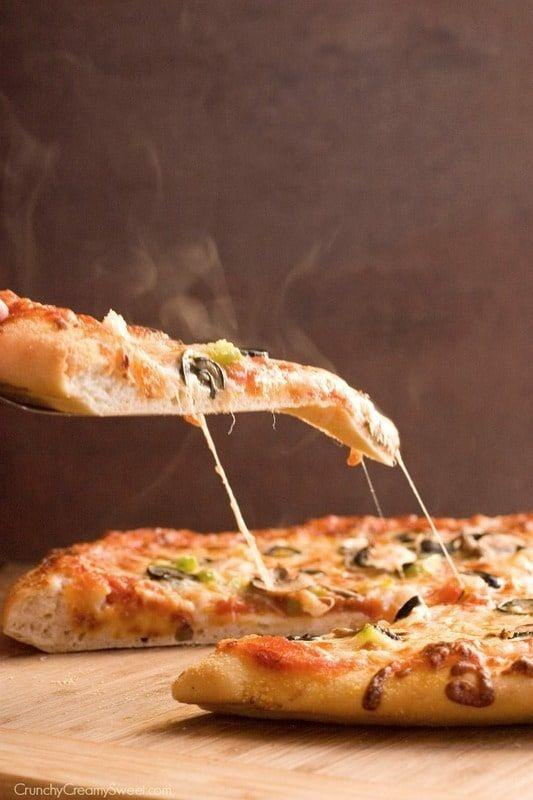Here at NeutralKey, our philosophy is that the cornerstone of an excellent pizza is the dough. With over 30 years devoted to refining our technique, we’re delighted to disclose a few of our dough-making strategies. Our specific recipe remains our little secret, but these guidelines will set you on a path to making professional-grade pizza dough in your kitchen.
The Importance of Flour
A pivotal factor in crafting exquisite pizza dough is selecting top-notch flour. Our suggestion is to use 00 flour, which is an ultra-fine Italian flour with a moderate protein level of about 12% for an ideal blend of robustness and softness. In the absence of 00 flour, using bread flour can serve as an alternative, albeit with a subtle variance in texture.
Temperature and Dough Hydration
Your water temperature plays a crucial role in the fermentation duration and dough quality. Opt for cold water around 45°F (7°C) for prolonged fermentation that enhances flavour. Warmer water near 85°F (29°C) is better for faster fermentation. The dough's hydration, or water-to-flour ratio, should be maintained at 60-70% to suit typical home ovens.
Yeast Usage and Fermentation Time
Secret to tantalizing dough lies in minimizing yeast content while maximizing fermentation. Just a 0.2% portion of fresh yeast relative to the flour is used for doughs allowed to ferment for 24-48 hours. Such measured fermentation lends depth to the flavour while yielding dough that's less complex to digest.
Salt’s Structural Function
Aside from its role in seasoning, salt fortifies the gluten network and moderates fermentation. A fine sea salt amounting to 2.5-3% of the flour's weight is our recommendation. Incorporate it once the flour begins mixing with water to avoid direct yeast contact.
The Craft of Fermentation
Following the mix, let your dough undergo bulk fermentation at ambient temperature for around 2 hours, then divide it into separate balls. These should then be sealed in lidded containers and refrigerated for 24-72 hours. It's during this cold fermentation that the dough transforms as enzymes convert starch into sugars, enriching the flavour and giving rise to the signature browning of our crusts.
Delicate Handling
When you're ready to bake, extract the dough from the fridge 1-2 hours beforehand to bring it to temperature. Treat the dough with care to maintain the developed air pockets. Rely on your fingertips to gently press and stretch the dough, ensuring you don't deflate the bubbles by using a rolling pin.
Perfecting with Heat
Although our specialized ovens achieve 850°F (454°C), domestic ovens often top out at about 550°F (288°C). You can bridge this gap by using a pizza stone or steel, preheated for a minimum of one hour, to emulate the intense bottom heat necessary for a crust that’s simultaneously crisp and fluffy.
Honing your skills at pizza dough takes practice. Each attempt is a learning experience. Notate your progress, tweak the variables, and find out what yields the best results for your environment.
To witness our dough-crafting firsthand, sign up for our monthly pizza making sessions with Chef Luca, who’ll expound on these techniques in greater detail. For dates, take a glance at our events schedule!

